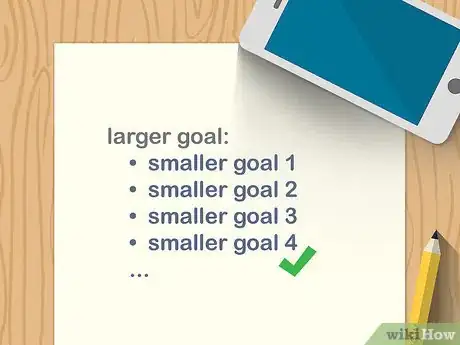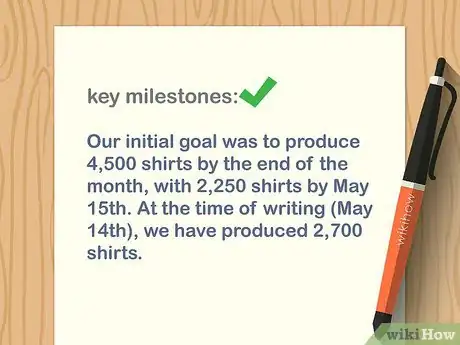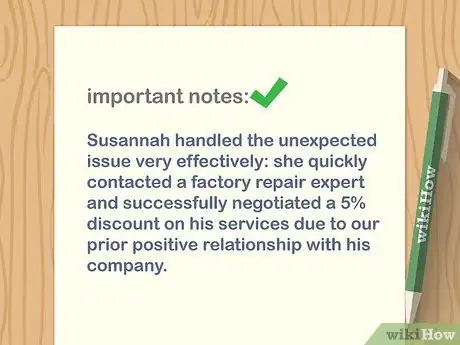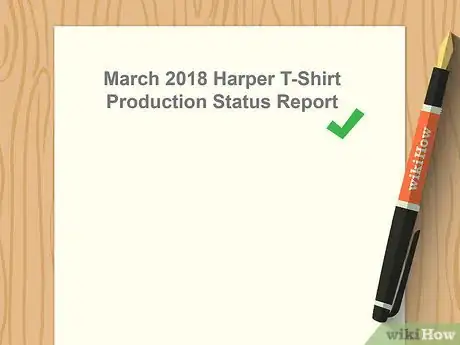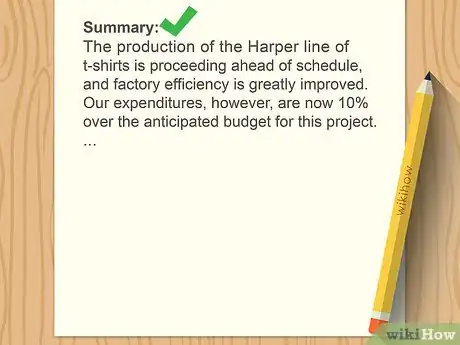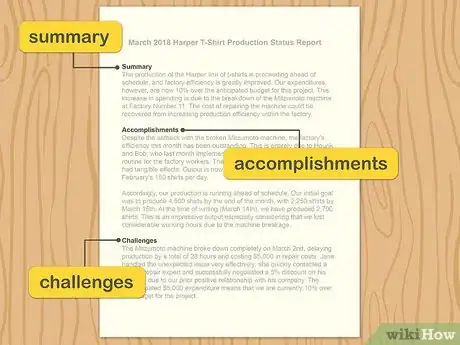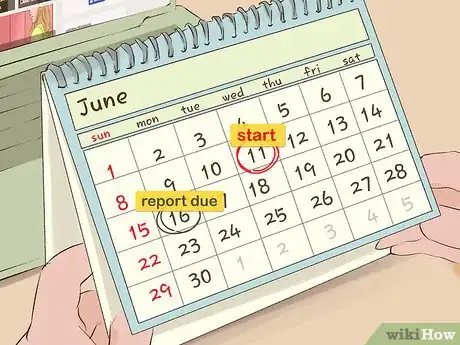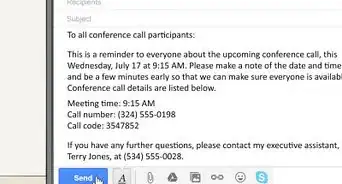This article was co-authored by Amber Rosenberg, PCC and by wikiHow staff writer, Jennifer Mueller, JD. Amber Rosenberg is a Professional Life Coach, Career Coach, and Executive Coach based in the San Francisco Bay Area. As the owner of Pacific Life Coach, she has 20+ years of coaching experience and a background in corporations, tech companies, and nonprofits. Amber trained with the Coaches Training Institute and is a member of the International Coaching Federation (ICF).
There are 8 references cited in this article, which can be found at the bottom of the page.
This article has been viewed 1,278,310 times.
A status report might seem like a chore, but it can be a great opportunity to communicate about a project with management. In order to keep everyone in the loop, it’s really important to make sure you present everything clearly. Put the most important information in a summary at the start of the report. Provide specific details about the project's budget and timeline, then describe accomplishments and challenges. Keep your writing clear and concise. Your manager will appreciate an organized report that is brief, but informative.
Steps
Status Report Example
Community Q&A
-
QuestionHow do I write a status report for a construction project?
 Community AnswerIt's like a progress report on what you have achieved in the project so far and the pending issues you foresee in the future. After you have written these things, mention whether you are ahead of or behind schedule and when you estimate the project will be finished.
Community AnswerIt's like a progress report on what you have achieved in the project so far and the pending issues you foresee in the future. After you have written these things, mention whether you are ahead of or behind schedule and when you estimate the project will be finished. -
QuestionHow do I write a job report?
 Community AnswerYou can search on Google for a job report template. It will depend on what type of job you are reporting on.
Community AnswerYou can search on Google for a job report template. It will depend on what type of job you are reporting on. -
QuestionHow do I write a summary report?
 Community AnswerStart with an intro, then a first body paragraph, any others you need and then do a closing paragraph. Follow the steps in this article.
Community AnswerStart with an intro, then a first body paragraph, any others you need and then do a closing paragraph. Follow the steps in this article.
References
- ↑ Amber Rosenberg, PCC. Pacific Life Coach. Expert Interview. 8 March 2022.
- ↑ http://4pm.com/2016/02/16/how-to-write-a-weekly-status-report/
- ↑ http://4pm.com/2016/02/16/how-to-write-a-weekly-status-report/
- ↑ https://www.projectsmart.co.uk/how-to-report-status-on-a-project.php
- ↑ Amber Rosenberg, PCC. Pacific Life Coach. Expert Interview. 8 March 2022.
- ↑ http://4pm.com/2016/02/16/how-to-write-a-weekly-status-report/
- ↑ https://www.projectsmart.co.uk/how-to-report-status-on-a-project.php
- ↑ http://eleganthack.com/the-dreaded-weekly-status-email/
- ↑ https://www.innovation.ca/sites/default/files/essential_documents/ppr-template-en-apr2016.pdf
- ↑ https://business.tutsplus.com/tutorials/how-to-write-better-status-reports--cms-23479
- ↑ Amber Rosenberg, PCC. Pacific Life Coach. Expert Interview. 8 March 2022.
- ↑ https://www.projectsmart.co.uk/how-to-report-status-on-a-project.php
- ↑ Amber Rosenberg, PCC. Pacific Life Coach. Expert Interview. 8 March 2022.
- ↑ http://www.dummies.com/careers/project-management/how-to-write-an-interesting-progress-report-for-projects/
- ↑ http://4pm.com/2016/02/16/how-to-write-a-weekly-status-report/
- ↑ Amber Rosenberg, PCC. Pacific Life Coach. Expert Interview. 8 March 2022.
- ↑ https://thedigitalprojectmanager.com/project-status-report-guide/
- ↑ https://www.projectsmart.co.uk/how-to-report-status-on-a-project.php
- ↑ https://www.projectsmart.co.uk/how-to-report-status-on-a-project.php
About This Article
To write a status report, write a clear heading that includes the name of the project and the dates the report covers. Open the report with an executive summary to provide the most important information at a glance. Then, break the rest of the report into sections to allow for easier reading. Make sure to include budget, scheduling information, a list of major accomplishments, and potential fixes for problems. Finally, consider using a visual element for quick access to information, such as a green light next to a schedule that's on time. For more tips on creating executive summaries, read on!



